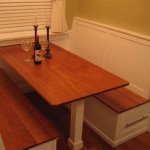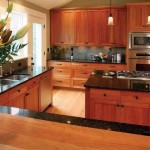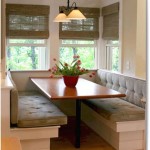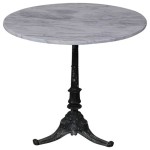Lightweight kitchen cabinets are becoming increasingly popular in the modern kitchen. They offer a sleek, modern look while providing a range of practical benefits. In this guide, we’ll explore the advantages of lightweight cabinetry, how to choose the right cabinets for your kitchen, and tips for installation.
Advantages of Lightweight Cabinets
Lightweight kitchen cabinets provide a number of advantages over their heavier counterparts. The most obvious benefit is their weight. Because they are lighter, they are easier to install and move around, making them ideal for apartments and other small spaces. They are also more energy-efficient, as they require less energy to manufacture and transport. Additionally, their lighter weight makes them easier to clean and maintain, reducing the amount of time spent on upkeep.
Lightweight cabinets are also generally more affordable than their heavier counterparts. This makes them a great option for those on a tighter budget. Furthermore, they come in a variety of styles, colors, and finishes, allowing you to customize the look of your kitchen without breaking the bank.
Choosing the Right Cabinets
When choosing lightweight kitchen cabinets, it’s important to consider several factors. First, think about the size and shape of your kitchen. Lightweight cabinets are available in a variety of sizes, so you’ll need to determine what will fit in your space. Next, consider the material of the cabinets. Lightweight cabinets are typically made from either wood or composite materials. Both materials offer a range of benefits, so it’s important to consider which will best suit your needs.
Finally, consider the door style of the cabinets. Lightweight cabinets come in a variety of styles, from traditional to contemporary. Take the time to explore the different options to find the one that best suits your kitchen’s design.
Installation Tips
Installing lightweight kitchen cabinets is relatively simple, but there are a few tips to keep in mind. First, always use a level to ensure that the cabinets are properly aligned. It’s also important to use the right fasteners, such as screws or nails, to ensure that the cabinets are secure. Additionally, make sure to use a sealant or caulk to fill any gaps between the cabinets and the wall to prevent moisture from getting inside. Finally, to ensure that the cabinets stay in place, use a supporting bracket or other fastening device.
Conclusion
Lightweight kitchen cabinets offer a range of benefits, from their sleek modern look to their energy-efficiency and affordability. When choosing and installing lightweight cabinets, it’s important to consider the size, material, and door style of the cabinets as well as the proper fasteners and supporting bracket. With the right planning and installation, you can create a beautiful, functional kitchen with lightweight cabinets.















Related Posts








